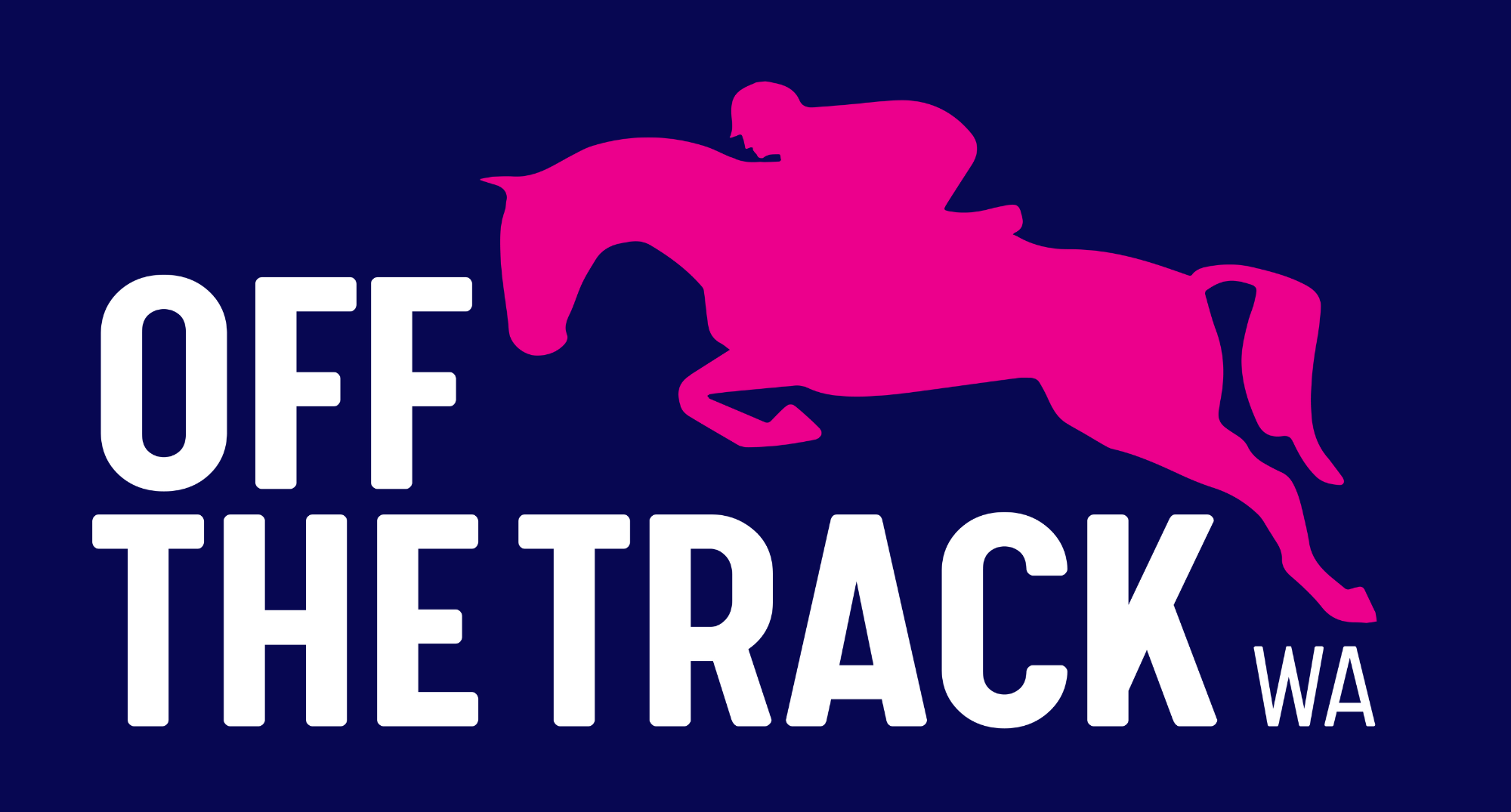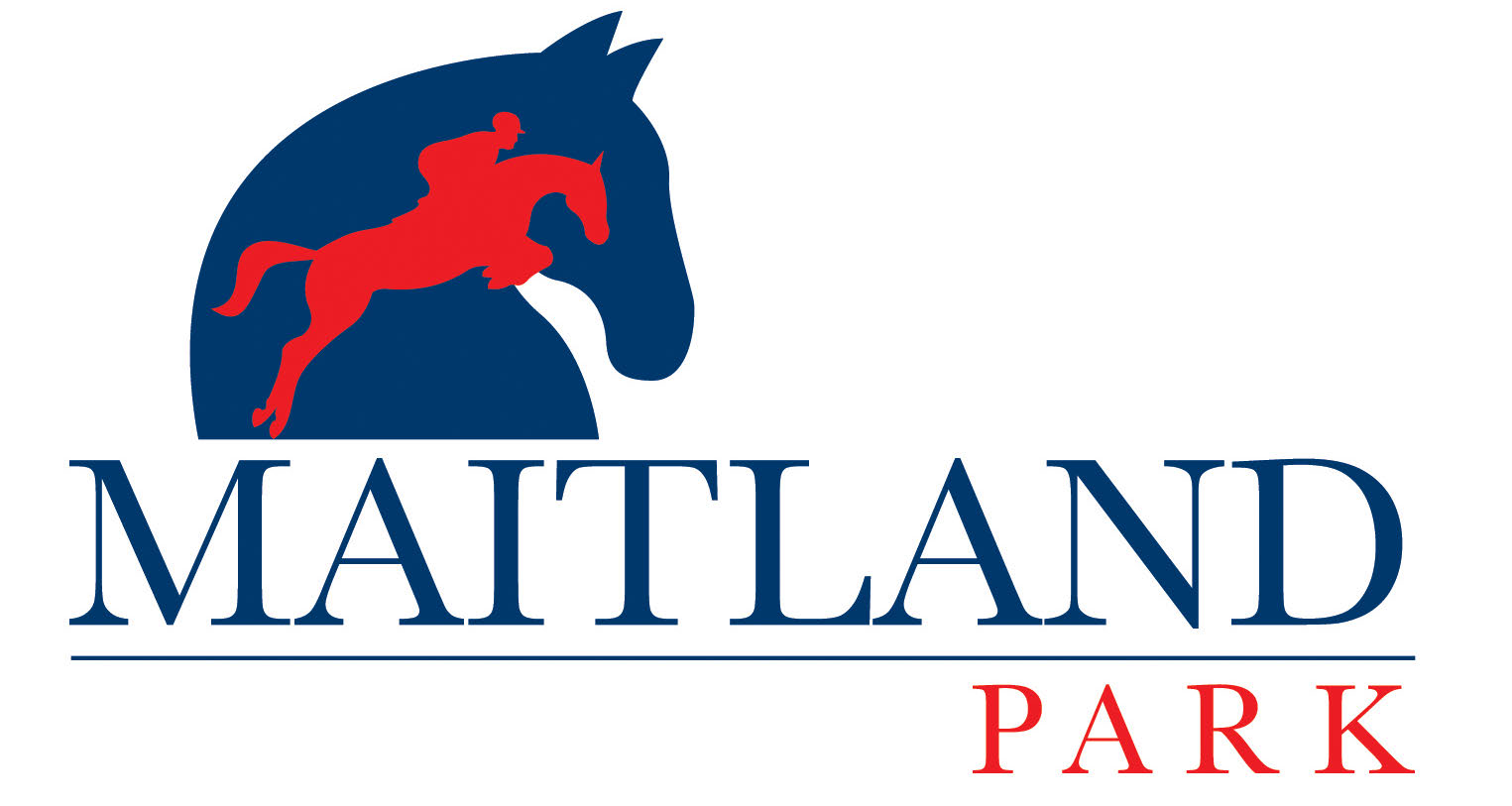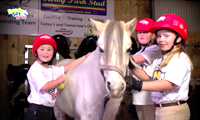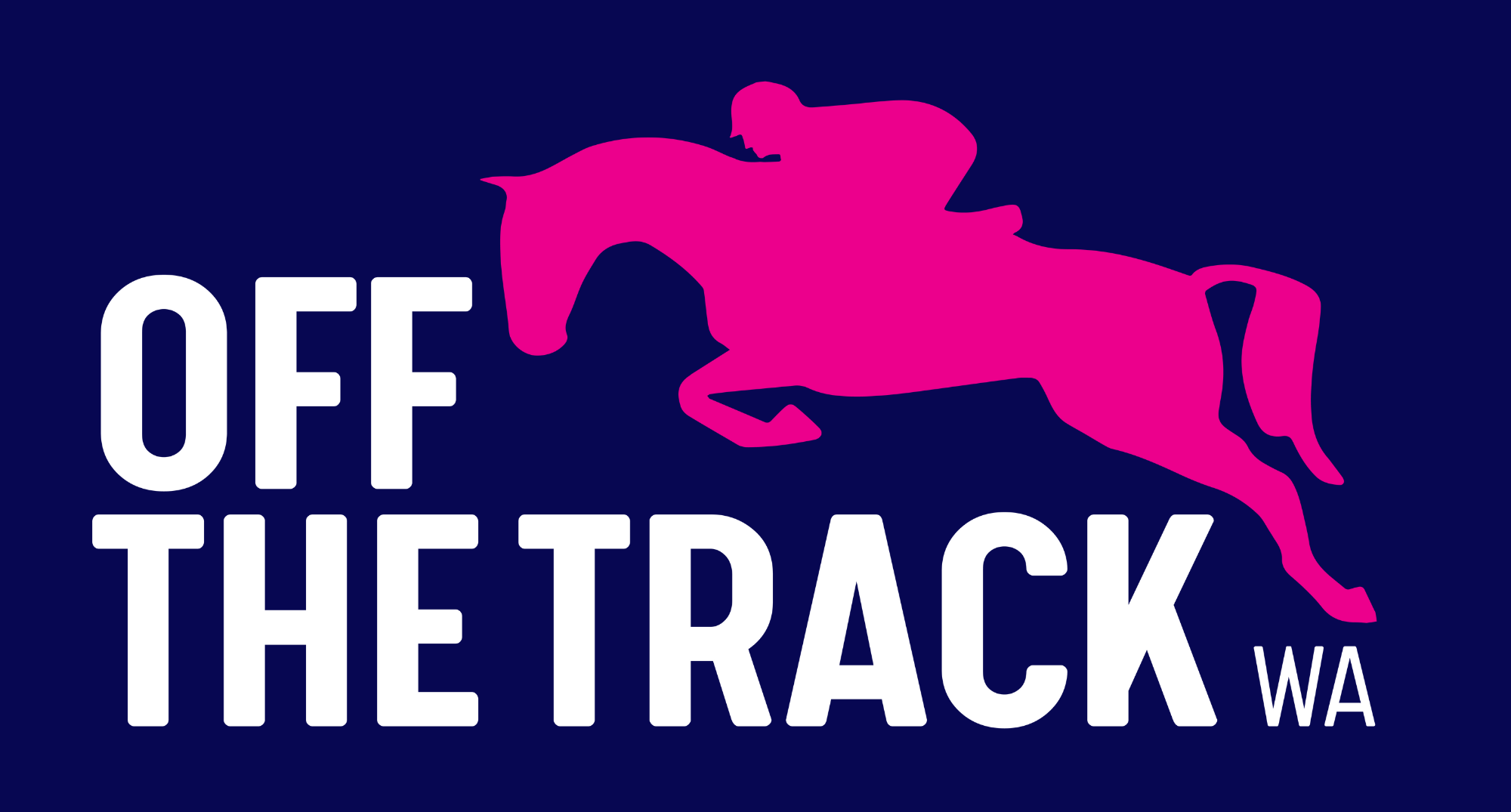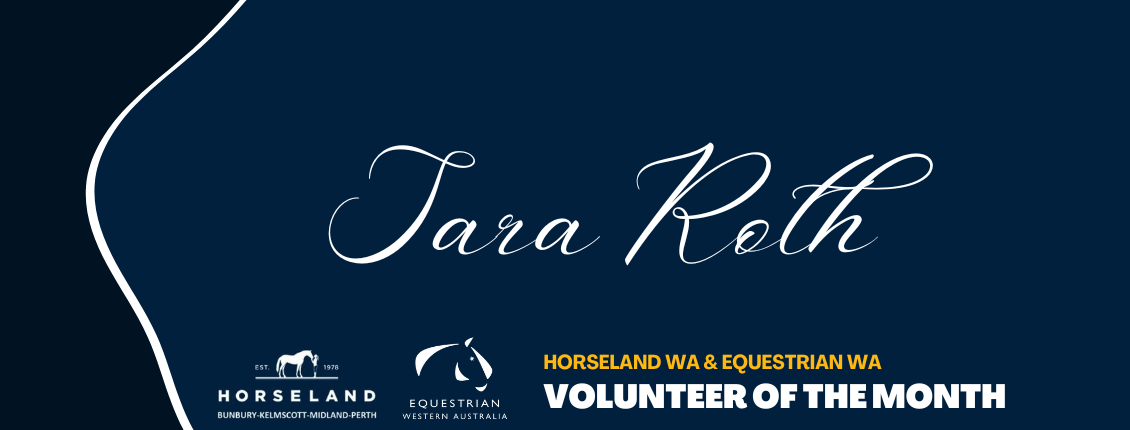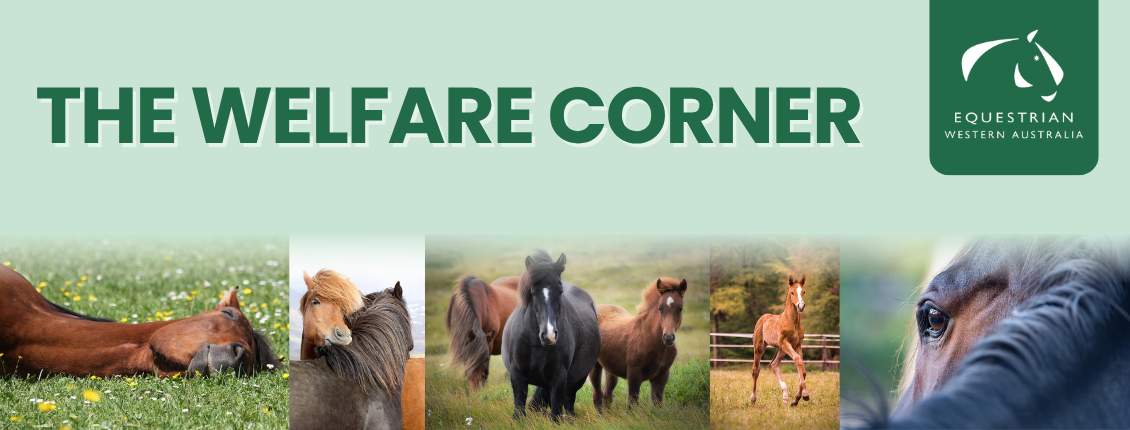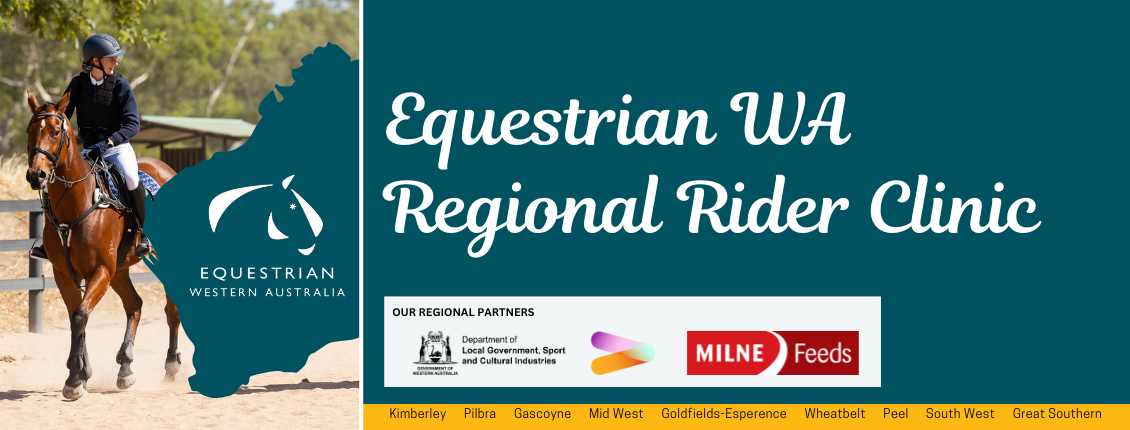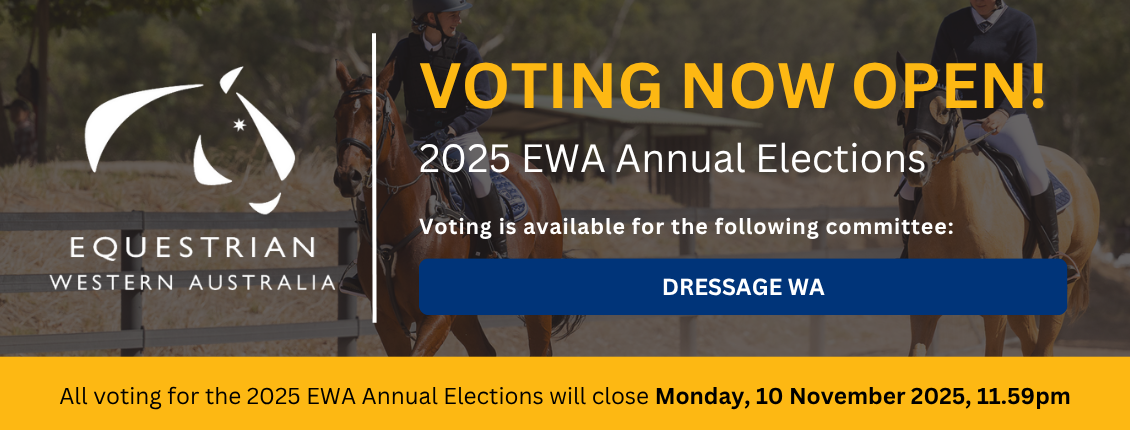EWA Master Coaches Series 3 - Eventing Foundations
The third EWA Master Coaches Series hosted UKCC Coach Educator and Assessor Les Smith and EA NCAS Level 2 Coach PollyAnn Huntington at the State Equestrian Centre on Tuesday 4 April.
The theme for the evening was to focus on the foundations of eventing. The scale of training was consistently referred to, as well as using training methods to encourage a supple, elastic horse while improving the quality of the paces. These principles applied to jumping fences and the riders were able to adjust their horses, maintain a rhythm, ride accurately and allow the horse to jump to the best of its ability. PollyAnn and Les worked with four horse rider combinations of different levels and horse types to demonstrate that the principles remained the same regardless of the type of the horse type or level of experience. The riders were 12 year old Olivia Ruiz and her eventing pony, High Performance rider Tayah Andrew on a less experienced event horse, Emma King riding her own established two star horse DvZ Chevalier and High Performance rider Lauren Browne on her three star horse Sky’s Da Limit.
The evening began with an overview of the conformation required in an event horse followed by discussion on rideability. Les emphasised the importance of riders being able to manage different situations while riding and make decisions without needing a coach as this simulated the competition environment. Riders were asked to canter down the long side of the arena in a working canter and count their strides while maintaining an even rhythm. They were then asked to lengthen and collect the canter and complete the line in more or less strides. This exercise encouraged the riders to think for themselves and made the horse more elastic, supple and adjustable – all essential characteristics of a jumping horse. Les and PollyAnn took the time to explain that the rhythm needed to stay the same and emphasised the importance of understanding collection doesn’t mean going slower and lengthening doesn’t mean going quicker! The exercise was then made harder by placing two rails approximately nine strides apart where the riders again had to count the number of strides taken between these rails and adjust the canter on command to change the number of strides taken while remaining in the centre of the rails. Olivia Ruiz took on the task adding a stride down the two rails and confidently cantered between the two rails in a consistent rhythm.
A combination was set up of an oxer followed by an upright two strides later. The riders had to use the skills they had just refined in maintaining the horses rhythm to jump through the double taking even strides. The difficulty was then increased to jump an upright on an angle followed two strides later by an apex. Not only did riders have to maintain the rhythm, they had to choose their line and jump the angled rail and apex without deviating from it. It was a good example of how concentrating on foundational concepts - rhythm and line - in simple exercises enabled the rider to complete more difficult ones using the same principles. Tayah jumped through this line with a consistent rhythm and accurate line.
The lesson then progressed to the experienced two and three star riders Emma King and Lauren Browne using lateral work to create more supple, elastic horses. PollyAnn navigated the riders through a series of exercises with the riders - leg yield to activate the hind legs, shoulder in on the three-quarter line to improve the quality of the trot then asked the riders to move between shoulder in and renvers pointing out this was important in encouraging evenness in the horses. The continual theme was to concentrate on the rhythm and encourage the horse to become more supple. In canter the riders concentrated on transitions and changes (simple and flying!) to activate the canter. Les emphasised the importance of an accurate simple change and reminded the riders to correct the shoulders when they deviated during these transitions.
The riders were then asked to trot the horses to finish moving forward and back within the pace. Les pointed out it is important to sit for at least the first three strides of a medium trot to encourage the horse to sit and maintain its balance while doing so.
The last exercise of the evening was with Lauren and Sky’s Da Limit who completed a series of related lines both on the straight and on an angle. Les pointed out that at this level a horse really needs to think for himself and Lauren needed to be supple in her upper body to enable the horse to jump cleanly.
The the evening ended with Lauren completing a tricky line consisting of the two stride double followed on a curve by the apex.
All the riders showed willingness to learn and adaptability in their riding. While their horses were very different types and levels of training the foundational concepts remained the same. Les Smith and PollyAnn were able to clearly demonstrate these with simple exercises that encouraged correct, safe training. EWA would like to thank Olivia Ruiz, Tayah Andrew, Emma King and Lauren Browne for their participation in the Master Class.
The EWA Master Coaches Series includes ten Master Classes for Dressage, Eventing and Jumping with some of WA’s leading coaches. This series aims to present training techniques from beginner to competition rider. The next Master Coaches Series evening will host EA NCAS Level 2 Jumping Coach Nellandra Henry be held on the 12 April at the State Equestrian Centre. Nellandra will cover the topic of developing rhythm and balance over poles and grids. All equestrian enthusiasts are invited to attend. Register for this event and the rest of the series on www.nominate.com.au or via email – [email protected].

